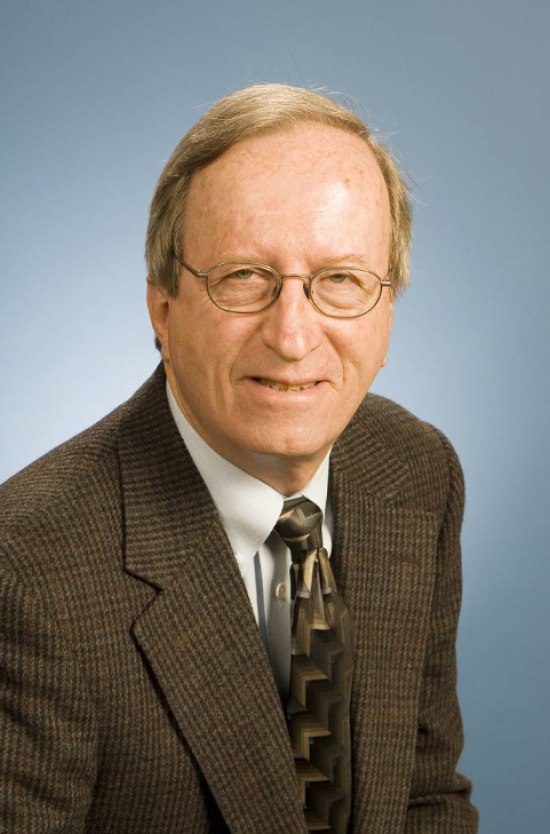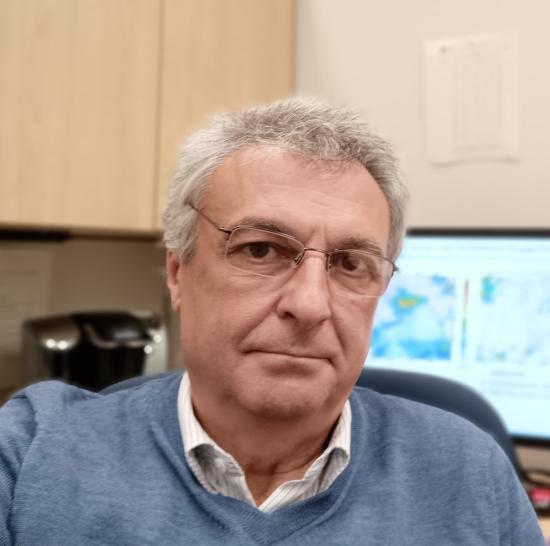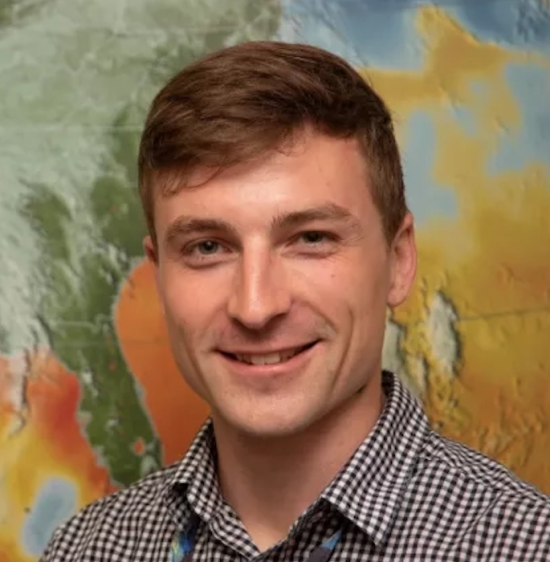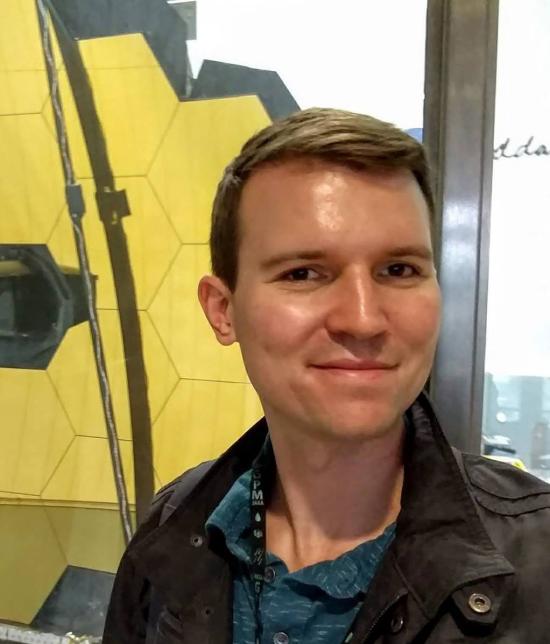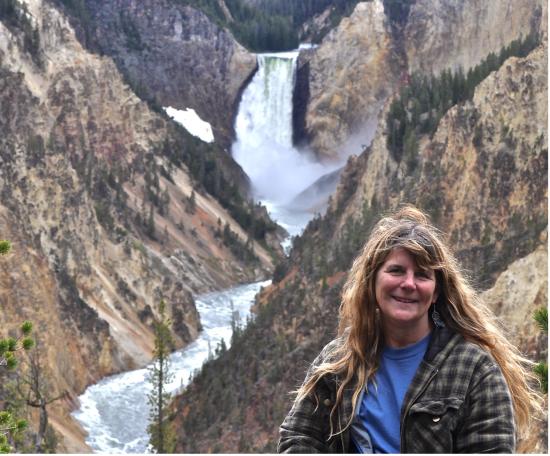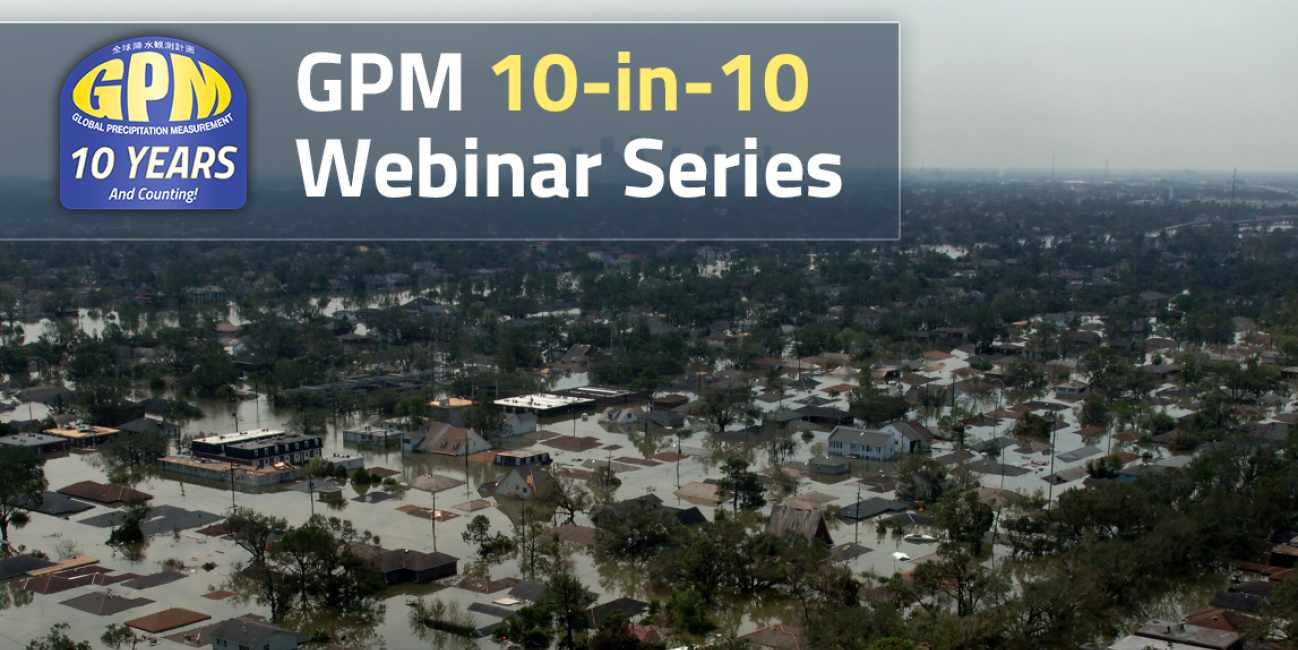
Webinar 5: Precipitation Extremes and Impacts
June 13, 2024, 8:00 p.m. ET
Overview
Too little or too much precipitation can mean the difference between life and death. Join us as we learn about the impacts of having too much or too little precipitation and the disasters that can occur as a result. Discover what we are learning about the connection between extreme weather events and climate change. Find out the many ways that NASA is helping us monitor and respond to natural hazards and disasters.
Resources
Speakers
Bob Adler
Dr. Robert Adler is a Senior Research Scientist since 2008 in the Earth System Science Interdisciplinary Center (ESSIC) at the University of Maryland, College Park, after a 35-year career at NASA Goddard. He received his B.S. and M.S. from The Pennsylvania State University in 1965 and 1967 and his Ph.D. from Colorado State University in 1974. He is a Distinguished Alumnus of the CSU Atmospheric Science Department and a Fellow of the American Meteorological Society. He has also received the NASA Goddard William Nordberg Award for Earth Science, the NASA Outstanding Leadership Medal, and the NASA Exceptional Scientific Achievement Medal. Dr. Adler's research focuses on the analysis of precipitation observations from space on global and regional scales. He studies precipitation variations in relation to phenomena such as El Nino/Southern Oscillation (ENSO), volcanoes and tropical cyclones, as well as longer, inter-decadal changes and trends. He served as NASA’s Tropical Rainfall Measuring Mission (TRMM) Project Scientist, headed the Global Precipitation Climatology Project (GPCP) and is one of the developers of multi-satellite precipitation analyses, providing ~3-hr, quasi-global rainfall information that his group and others have applied to analyze precipitation extremes, floods and landslides on a global scale. Dr. Adler has published over 175 papers in scientific journals on these topics.
Andrey Savtchenko
Dr. Andrey Savtchenko received his M.S. in physics from Sofia University, Sofia, Bulgaria, in 1981, after which he received M.S. in radar remote sensing from the Bulgarian Academy of Sciences, Sofia, Bulgaria, in 1983. In the fall of 1993, he enrolled in a Ph.D. program at the University of Delaware, College of Marine Studies, Delaware.
His research specialized in the area of non-linear air-sea interactions and sea surface radar returns. After his graduation in 1997, Dr. Savtchenko assumed Postdoctoral Associate position at the University of Miami, Rosenstiel School of Marine and Atmospheric Science, Department of Meteorology and Physical Oceanography, Miami, Florida. In this role, his research was oriented towards profiling of tropospheric winds, clouds, precipitation, and hurricanes.
Dr. Savtchenko joined NASA/GSFC in 2000, supporting Earth Observing System, and is currently Principal Support Scientist with ADNET, on the SESDA 5 project, leading wide range of tasks at the Goddard DAAC, Code 619. He has been involved in providing science data analysis while supporting numerous missions: MODIS, AIRS, CloudSat, CALIPSO, OMI, MLS, TRMM, GPM, MERRA, and most recently OCO. His current interests are primarily in atmospheric thermodynamics, physics of clouds and precipitation, boundary layer meteorology, and climate variability.
Robert Emberson
Robert Emberson serves as Associate Program Manager of the NASA Disasters Program. He is located at NASA Goddard Space Flight Center as a member of the Hydrological Sciences Laboratory. Emberson has supported the Disasters program since 2018 as a Center Coordinator, providing satellite data and insight to a range of stakeholders before, during and after disasters strike. Emberson is excited to leverage NASA’s unique assets and knowledge to improve the resilience of communities around the world to hazards and disasters.
Emberson joined NASA Goddard Space Flight Center in 2018 having won a NASA Postdoctoral Program fellowship. His work at NASA has included developing models of population exposure to landslides both globally and locally, working alongside a range of stakeholders. He has supported UN agency teams to provide landslide hazard and exposure estimates for the Rohingya refugee camps in Southern Bangladesh, and has been involved in a series of projects supporting the World Bank to provide landslide hazard assessment for regions in Morocco, Ethiopia, and Nepal. More recently, he was awarded a NASA New Investigator Program grant to develop dynamic soil erosion estimates using satellite rainfall data. He is currently an Associate Research Scientist at the University of Maryland, Baltimore County, part of the Goddard Earth Sciences Technology and Research (GESTAR) contract.
Emberson holds a doctorate, summa cum laude, in Geomorphology and Geo-ecology from the University of Potsdam, Germany. His research studied the impact that landslides have on chemical weathering processes in fast-eroding mountain belts. The results demonstrated critical connections between the rapid occurrence of landslides and long-lasting impacts on climate, with implications for geo-engineering solutions to anthropogenic climate change. He has a Masters in Earth Sciences from the University of Cambridge, UK, and has also worked as an editor at Nature Geoscience, and as a freelance science writer.
Jacob Reed
Jacob Reed is the Digital Outreach Lead for NASA’s Disasters Program and NASA’s Global Precipitation Measurement mission. In his 13 years at NASA, Reed has built and managed multiple websites including the GPM website, overseen communications campaigns, wrote and edited science articles, and developed outreach materials to educate and inspire. Reed also regularly supports NASA at science conferences and outreach events around the country, sharing Earth science with a broad audience. Reed graduated from the University of Maryland, College Park, with a bachelor’s in computer science. In his personal time, Reed enjoys spending time with his wife and two children, producing music, and riding his Onewheel.
Dorian Janney
Dorian Janney has a passion for sharing the wonders of NASA's science and exploration with others across all age levels! For over three decades she taught public school in both special and general education settings across all grade levels. She was an Einstein Fellow Finalist, achieved National Board Certification in Science Education, served on numerous education working groups, and has written science curriculum for the country. She now serves as the GPM Education and Outreach Coordinator, developing resources to help share the science, technology, and real-world applications of GPM with others. She is a Mentor GLOBE trainer, a member of the GLOBE Education Working Group, and supports the GLOBE field campaigns. Her most recent project is leading an effort to engage Lifelong Learners with The GLOBE Campaign’s Citizen Science efforts.


